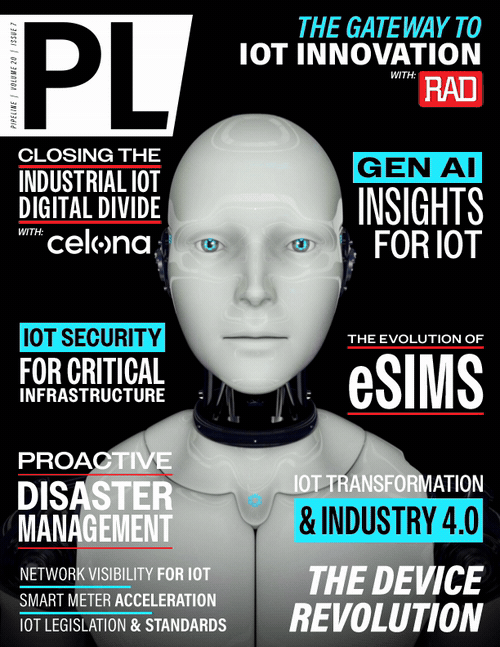Smart Meters Account for 80 Percent of
Electricity Meters in North America
Berg Insight forecasts that the installed base of smart electricity meters in North America will grow at a compound annual rate of 3.8 percent throughout the forecast period, from 145.9 million in 2023 to a total of 182.9 million in 2029. The installed base of smart electricity meters in the United States reached 130.6 million in 2023, while the installed base of smart electricity meters in Canada reached 15.4 million in the sameyear. The penetration of smart electricity meters is higher in Canada compared to the U.S., however this difference is expected to continuously shrink until 2029 when the countries are forecast to have penetration rates of 96 percent and 94 percent respectively.
North America was the first region in the world to move beyond traditional energy metering through the widespread introduction of AMR which started in the 1980s. Today, intelligent grids are becoming an integral part of the development of smart cities, and smart meters’ ability to improve the reliability and resilience of the energy supply constitutes an important driver of growth in the region. A significant majority of the large investor-owned utilities in North America are now either fully deployed or in the implementation or planning phases of large-scale projects, and a second-wave of deployments is now on the horizon for the early adopters.
The penetration of smart electricity meters in the region was around 80 percent in 2023 and expected to increase to above 94 percent in 2029, mostly driven by large investor-owned utility projects in the U.S. as the relatively mature market in Canada is only expected to see moderate growth. In terms of total shipments of smart electricity meters, second-wave rollouts for early adopters are ramping up and will grow their share of annual shipment volumes throughout the forecast period, accounting for more than 85 percent by the end of the forecast period.
The market in North America is dominated by the two U.S.-based companies, AcIara and Itron, as well as Swiss-based Landis+Gyr. Itron and Landis+Gyr have a 34 and 32 percent market share respectively of the installed base of smart electricity meters in North America. Aclara is in third place with a market share of 22 percent, and the remaining 13 percent is predominately shared between Honeywell and Sensus. In terms of network endpoints, the largest player is Itron with a market share of 63 percent, followed by Landis+Gyr with a market share of 25 percent, and Sensus with an 8 percent market share.
North America is a technologically advanced market where smart electricity metering is implemented in the context of the smart grid. Wireless RF technologies are today preferred and account for the vast majority of installations, both in the electricity and the gas sectors. The leading players provide proprietary RF mesh or star topology platforms for the unlicensed 915 MHz ISM band, in addition to licensed sub-GHz spectrum. Wi-SUN-based mesh networks offered by vendors such as Landis+Gyr and Itron are currently the most widespread variant and also account for the majority of shipments. In the North American region, PLC has generally been perceived as inferior in terms of performance and cost, mainly due to the characteristics of the grid, where the ratio of meters per substation is low. Cellular communications have historically enjoyed limited adoption in the region, mainly because of being perceived as too costly compared to RF communications. A few significant cellular deployments totaling less than 5 million meters have, however, been made throughout the past decade.
Among utilities which have already deployed advanced electricity metering infrastructure, interest is now growing for being able to leverage the installed RF network for applications beyond smart metering and to bring a wider array of devices onto the platform. Most network platforms are already designed to support a number of smart grid applications in addition to two-way communications with meters. With the advanced metering infrastructure in place, increasing investments in areas such as distribution automation, distributed energy resources (DERs), electric vehicle (EV) charging infrastructure, and smart street lighting are, however, highlighting the need for further synergies.



















